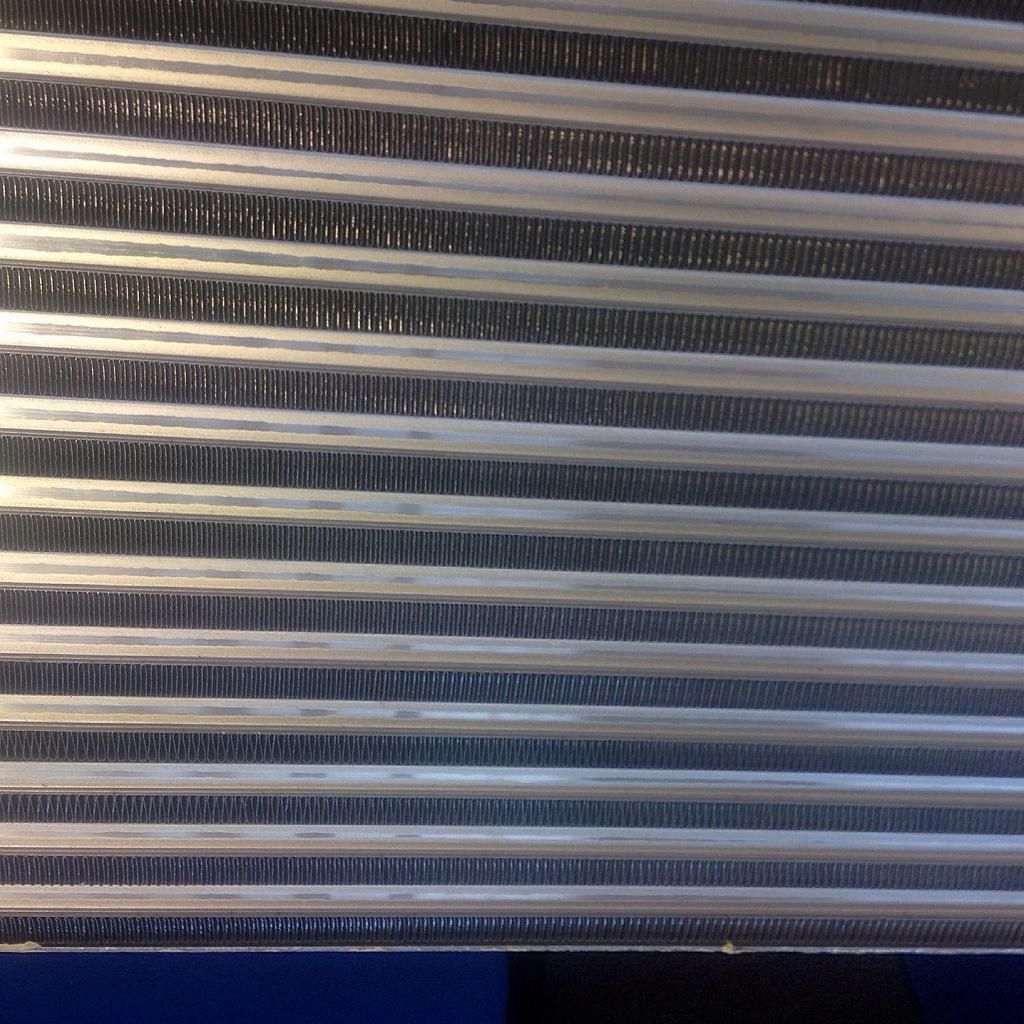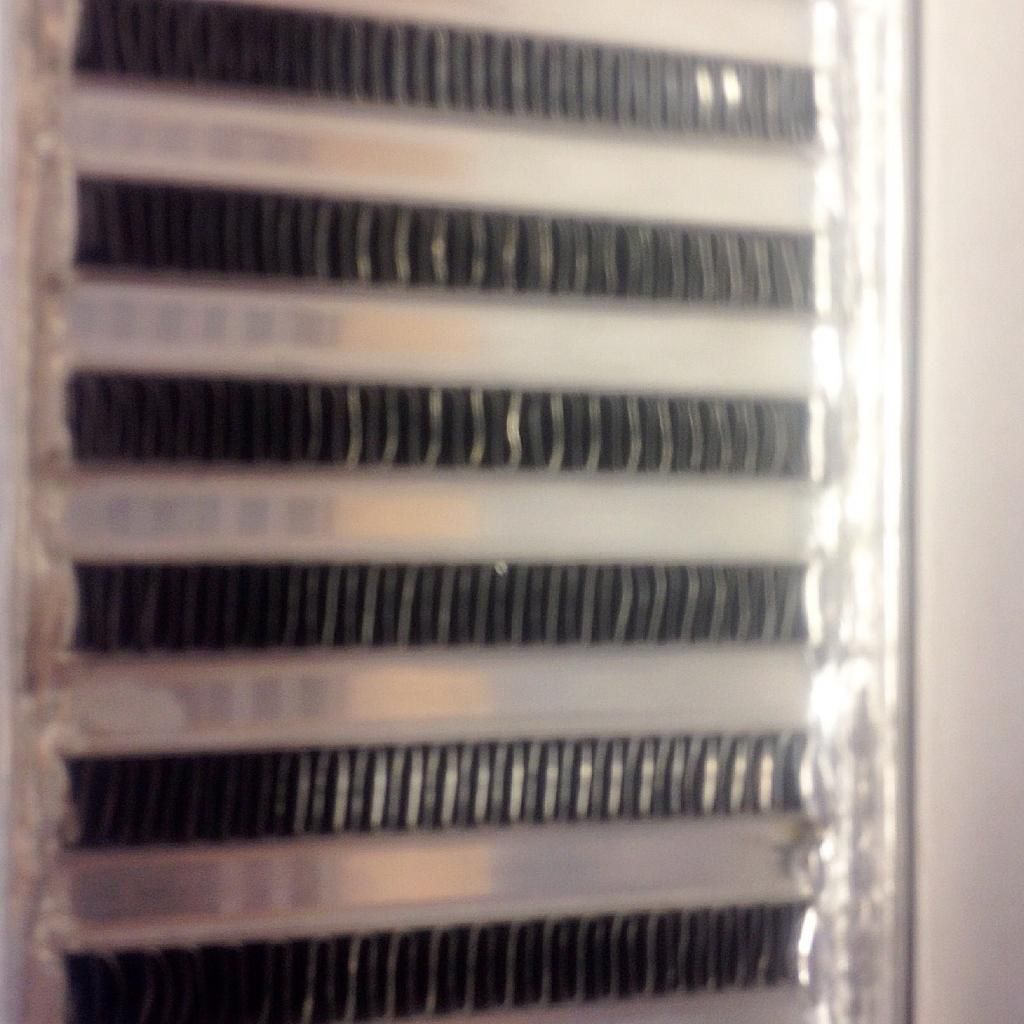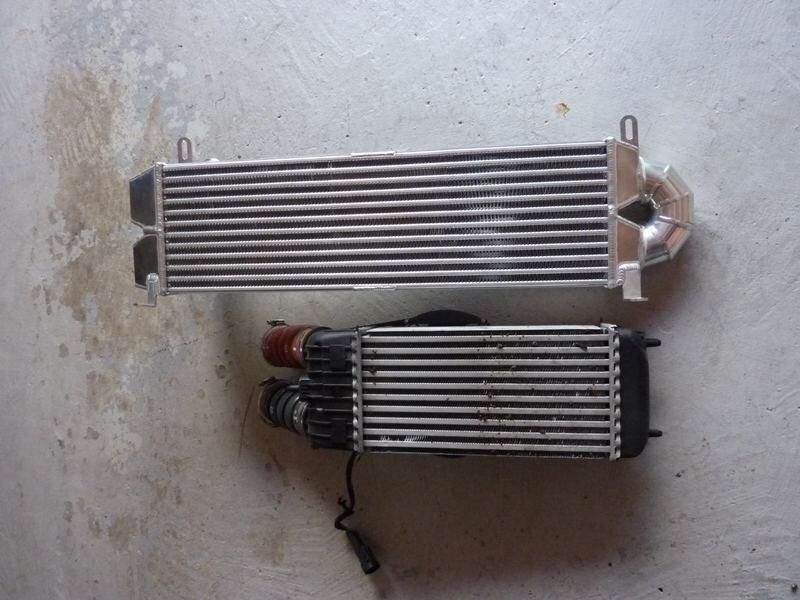Originally posted by BeefMasta
View Post





 Then switCH it on in the cab, when we wanna go faster LOL
Then switCH it on in the cab, when we wanna go faster LOL Then switCH it on in the cab, when we wanna go faster LOL
Then switCH it on in the cab, when we wanna go faster LOL
Comment